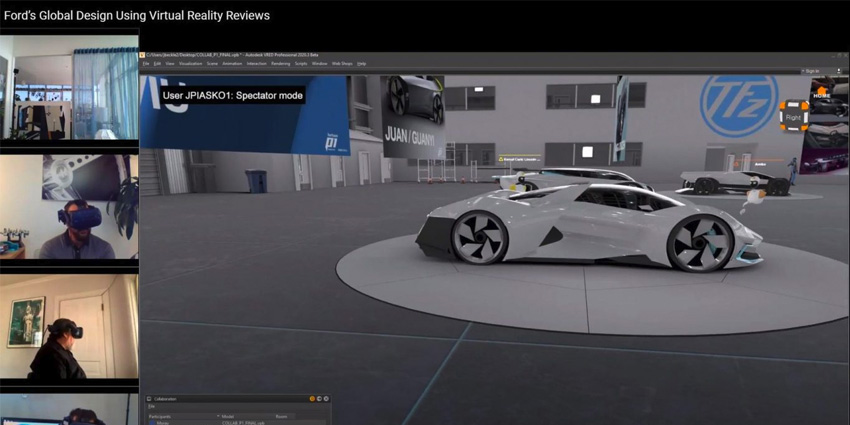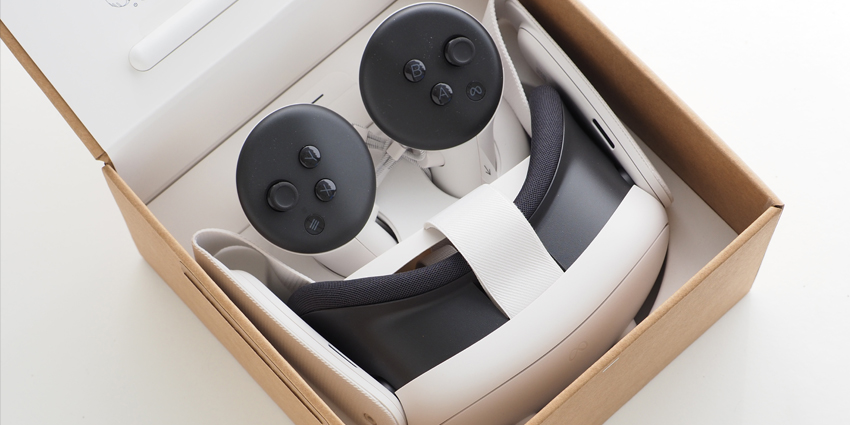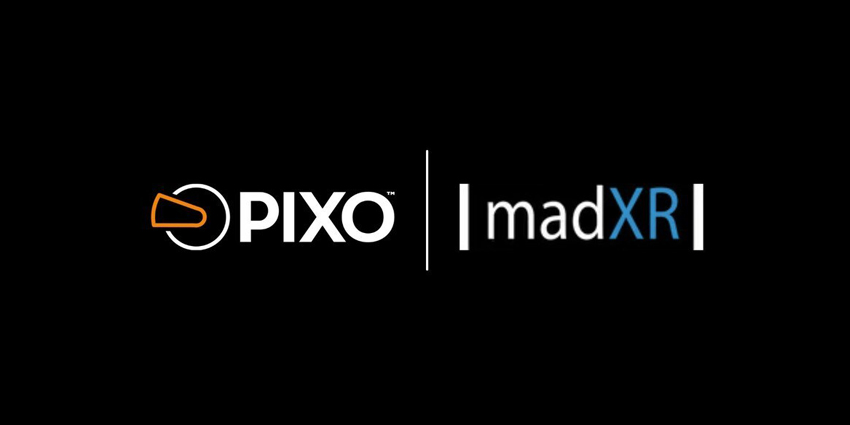By implementing virtual reality collaboration into their work from home strategy, Ford’s design team has successfully demonstrated just how valuable immersive technology is to the enterprise world.
Over the last 12 months, the demand for remote collaboration has soared, with tools like Zoom and Microsoft Teams helping millions of businesses across the world push past the COVID-19 pandemic restrictions.
However, while video collaboration has done a great job of keeping companies afloat during the lockdown, things like zoom fatigue and a growing sense of disconnection amongst remote workers tell us these tools may not be the best long-term solution.
Transforming Homes into Immersive Studios
For Ford’s Australia Design Studio, however, virtual reality has provided an ample platform for large-scale, globally dispersed product design teams to collaborate on complex projects from all corners of the world.
With the Ford VR studio, designers, engineers, product developers, and more can enter virtual collaboration spaces from any location, transforming their homes into fully immersive studios rich in features that enhance productivity and operational efficiency.
Before the pandemic, Ford is believed to have first implemented VR to help key shareholders communicate from separate offices in different countries.
Today, however, the platform is commonly used across multiple departments to streamline collaboration and help employees design and build better vehicles in a fraction of the time and cost.
Zero Limitations on Time, Place & Space
The Ford VR platform is used in conjunction with HTC VR headsets and gives remote workers the ability to visualize 3D renderings of models and interact with them in real-time, much like they would in real-world design reviews.
Unlike the former, however, virtual reality has no limitations on time, place, or space, meaning everybody is free to work on the project in a way that is most convenient, productive, and comfortable during these difficult times.
From a creative standpoint, VR also gives Ford’s design team the freedom to explore new ideas that never would’ve been possible in the real world due to limitations on time and cost.
Considering all of the above, it’s safe to assume that VR is changing the automotive sector in a big way, and the innovations Ford has created as a leader in this space will likely spread down through the industry soon.
For more updates on how virtual reality is changing the industrial space, be sure to keep your eyes on XR Today for regular VR news updates every week.







